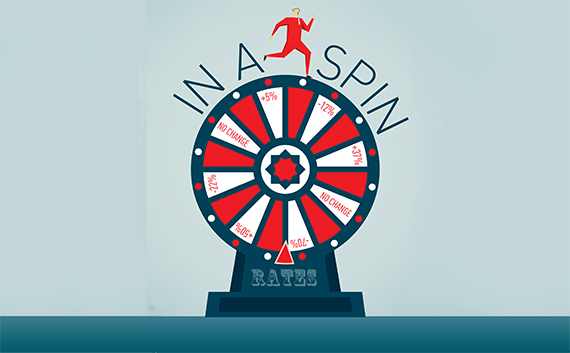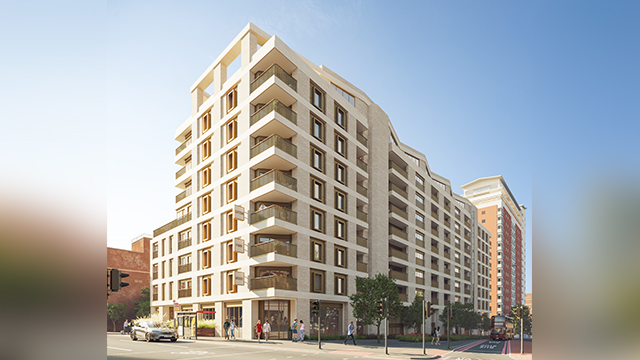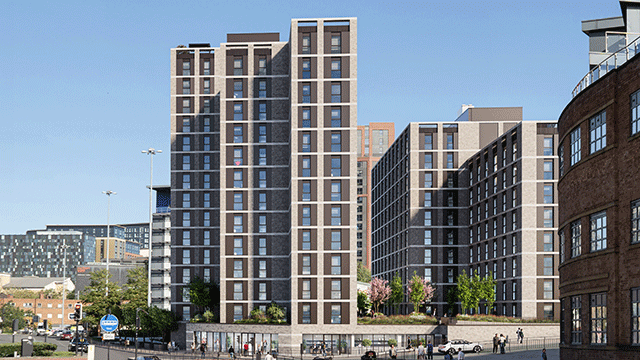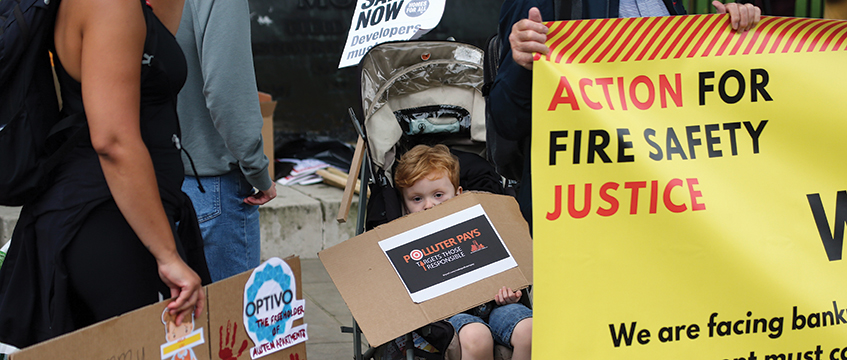 Place your bets now: will the finer details of 2017’s rating revaluation be released by the Scottish government next month, or early in the New Year? Or even as late as February, less than two months before the new rates come into force?
Place your bets now: will the finer details of 2017’s rating revaluation be released by the Scottish government next month, or early in the New Year? Or even as late as February, less than two months before the new rates come into force?
Talk to any ratings expert in Glasgow and Edinburgh and you’ll get a different answer. One thing is certain: “The Scottish government already has the new proposed rateable values. They were supplied by all of the assessors at the end of September,” says Peter Muir, head of Scottish rating at Colliers International.
Frustratingly, for the Scots, this was exactly the time that the valuation office released details of how rates will change in England and Wales. “We are at a disadvantage in Scotland – businesses south of the border now have more certainty as they know the draft figures,” says David Melhuish, director of the Scottish Property Federation.
The irony is that, as a devolved matter, the Scottish government could have chosen to release indicative numbers much sooner and even made more substantial changes to how rates are calculated. Yet the most recent government review of business rates, led by former RBS chairman Ken Barclay, isn’t expected to release its findings until next summer. “There have been three reviews of business rates since 2012. The Barclay Review is implicit recognition that previous reviews haven’t achieved anything substantive,” says Brian Rogan, CBRE’s head of Scotland rating.
Property commentators are not holding their breath for Barclay’s conclusions. They say calls for a three-yearly system, with the tone date (when valuations are calculated) set a year before introduction, have so far been ignored. Many, like Rogan, also suggest that the current system of 14 separate rating assessors covering different parts of Scotland, and potentially viewing the market in their own way, should be overhauled. He says: “A single assessor for Scotland would provide much more clarity overall and also in dealing with appeals.”
Unlike in England and Wales, business rate payers in Scotland have only six months to appeal after a revaluation date, although there is no charge. “Even so, many businesses pay over-inflated bills and don’t even realise they don’t have to pay it and have a right to challenge it,” says Gerald Eve partner Tony Rosenthal.
The biggest increases this time round (see Winners & Losers, right) are likely to hit office and pub/bar occupiers in Aberdeen. “The downturn may have passed Aberdeen at the tone date,” observes Bill Robb, associate director at Cushman & Wakefield.
Join us for EG’s Glasgow Question Time on Thursday 12 January. See www.estatesgazette.com/questiontime for details
To relieve or not to relieve?
Last month the Scottish government closed a public consultation on whether transitional relief should be applied to occupiers facing big changes in their rates bills from next year.
How individual businesses view the subject is largely likely to be based on whether they will pay more or less in 2017. A retailer with a reduction of nearly three-quarters of their rates bill will probably argue that they should enjoy that benefit straight away, while an office occupier in Aberdeen facing paying half as much again in rates is more likely to be enthusiastic about a phased approach.
“It would be wrong of the Scottish government to bring in transitional relief this time after it said it would distort the market last time round [in 2010],” says Brian Rogan, head of Scotland rating at CBRE, one of several ratings experts who isn’t expecting a change in government thinking.
The Scottish Property Federation supported, in its consultation submission, the government’s previous stance, but also recognised the difficulties for businesses facing a sudden ratings hike. Could the solution to this be relief only for rates-payers whose bills go up? Gerald Eve partner Tony Rosenthal thinks not. He explains: “Rates need to be self-funding, so upwards-only phasing is just not going to happen.”
Personally, I don’t think there is enough time to put [any kind of transitional relief] scheme together in any case.”
Mixed times ahead
Tougher drink-driving legislation introduced only in Scotland at the end of 2014 could mean a drop in rates if an establishment’s reduced turnover was taken into account on the tone date of 1 April 2015.
However, Scottish rating experts suggest that the true impact of the legislation, plus the National Living Wage, may not become apparent for another year. So licensed businesses may have to wait until the next revaluation for those factors to be taken into account – by which time the market may have moved on.
City centre hotel operators face a double whammy of not having the impact of the NLW included in their rates bill, while the post-recession upturn in business will be. Licensed premises in Aberdeen may face higher bills than their peers elsewhere as values in the Granite City were considerably higher than elsewhere at the tone date.
Winners & losers*
Retail Reductions of up to 70% in some areas; lesser reductions on key shopping streets
Offices (excluding Aberdeen) No major changes (but see main text)
Industrial Modest uplifts
Licensed & Leisure Rises, particularly in city centre hotels and Aberdeen licensed (see box)
Offices (Aberdeen) Increases of up to 50%
Specialist Significant uplifts in public sector and specialised industry uses
Source: Estates Gazette
* Consensus opinions assuming no transitional relief; actual rateable values, UBR and transitional relief arrangements not released by Scottish government at time of publication.











